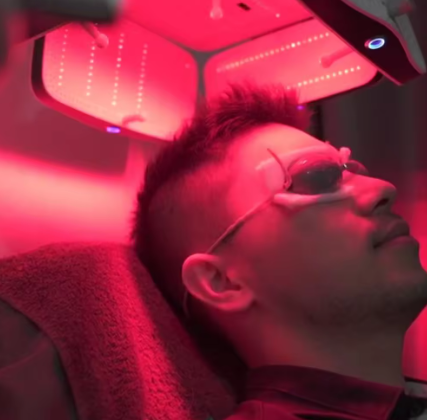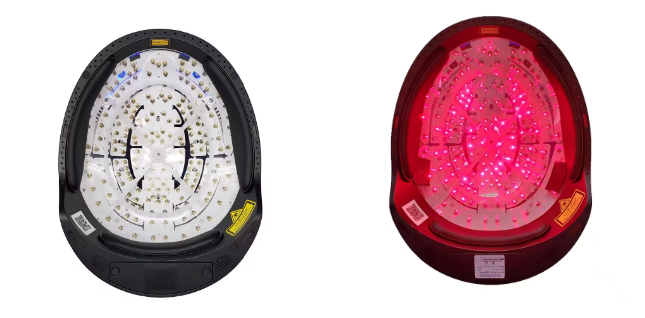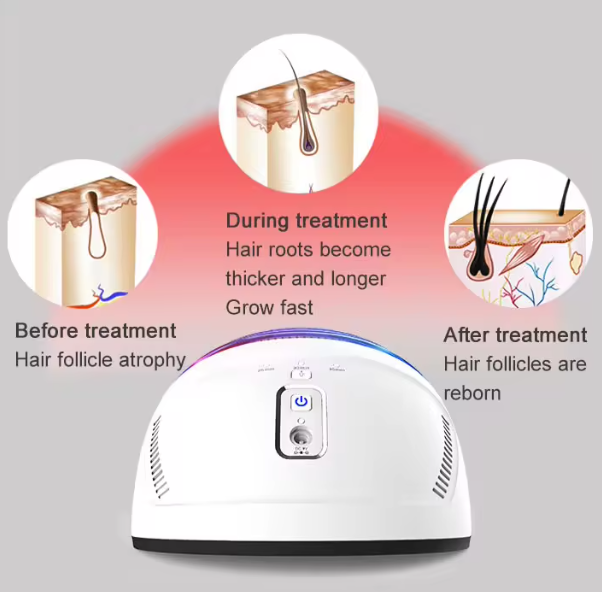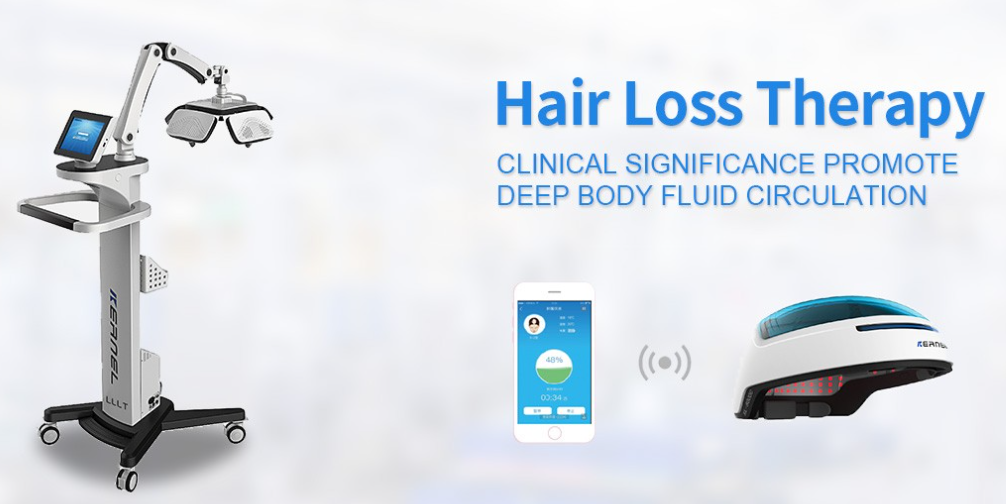Hair Loss and Hope: Exploring Low-Level Laser Therapy
Refined Article on Low-Level Laser Therapy for Hair Loss
Hair loss is a common concern for men and women. While traditional treatments exist, new options like Low-Level Laser Therapy (LLLT) are emerging. This article explores the potential of LLLT for hair regrowth, its mechanisms, and its safety profile.
The Hair Growth Cycle and Common Hair Loss Conditions
Hair follicles undergo cycles of growth (anagen), regression (catagen), and resting (telogen). Androgenetic Alopecia (AGA), the most common form of hair loss, affects nearly half of all men and can occur in women as well. Other conditions include Alopecia Areata (AA), an autoimmune disease causing patchy hair loss, and Telogen Effluvium (TE), temporary hair shedding triggered by stress or illness.
The Birth of LLLT: A Serendipitous Discovery
In the 1960s, researchers unexpectedly observed hair growth in mice exposed to low-power red laser light. This sparked the exploration of LLLT, a treatment utilizing low-intensity light to stimulate cellular activity.
LLLT for Hair Regrowth: Mechanisms Under the Microscope
The exact mechanisms of LLLT are still being explored, but several theories exist. LLLT may:
Increase blood flow: By stimulating the release of Nitric Oxide (NO), LLLT may improve blood flow to the scalp, nourishing hair follicles.
Prolong the growth phase: LLLT might extend the anagen phase, promoting hair growth and delaying shedding.
Reduce inflammation: In AA, LLLT may lessen inflammation, creating a more favorable environment for hair growth.
Animal Studies Show Promise
Studies on animals suggest LLLT's effectiveness. Hair regrowth has been observed in mice with AA and chemotherapy-induced alopecia after LLLT treatment.
Clinical Trials: Unveiling the Human Experience
Clinical trials have yielded positive results. Studies using laser combs with red or infrared light reported increased hair density and thickness in patients with AGA. However, some studies showed improvements in hair count and diameter without a noticeable difference in overall appearance. More research is needed to optimize treatment parameters and confirm long-term efficacy.
Safety: A Reassuring Aspect of LLLT
LLLT has a good safety record with minimal side effects. The only reported issue is a temporary increase in shedding, which usually subsides with continued treatment.
The Future of LLLT: Exploring New Horizons
While LLLT shows promise, further research is necessary. Studies comparing near-infrared wavelengths, light sources (continuous vs. pulsed), and delivery methods (laser vs. LED) are needed to optimize treatment.
Conclusion: A Promising Option for Hair Loss
LLLT offers a safe and potentially effective approach to hair loss. While more research is needed, LLLT may emerge as a valuable tool for promoting hair regrowth, offering hope for those struggling with this common concern.




